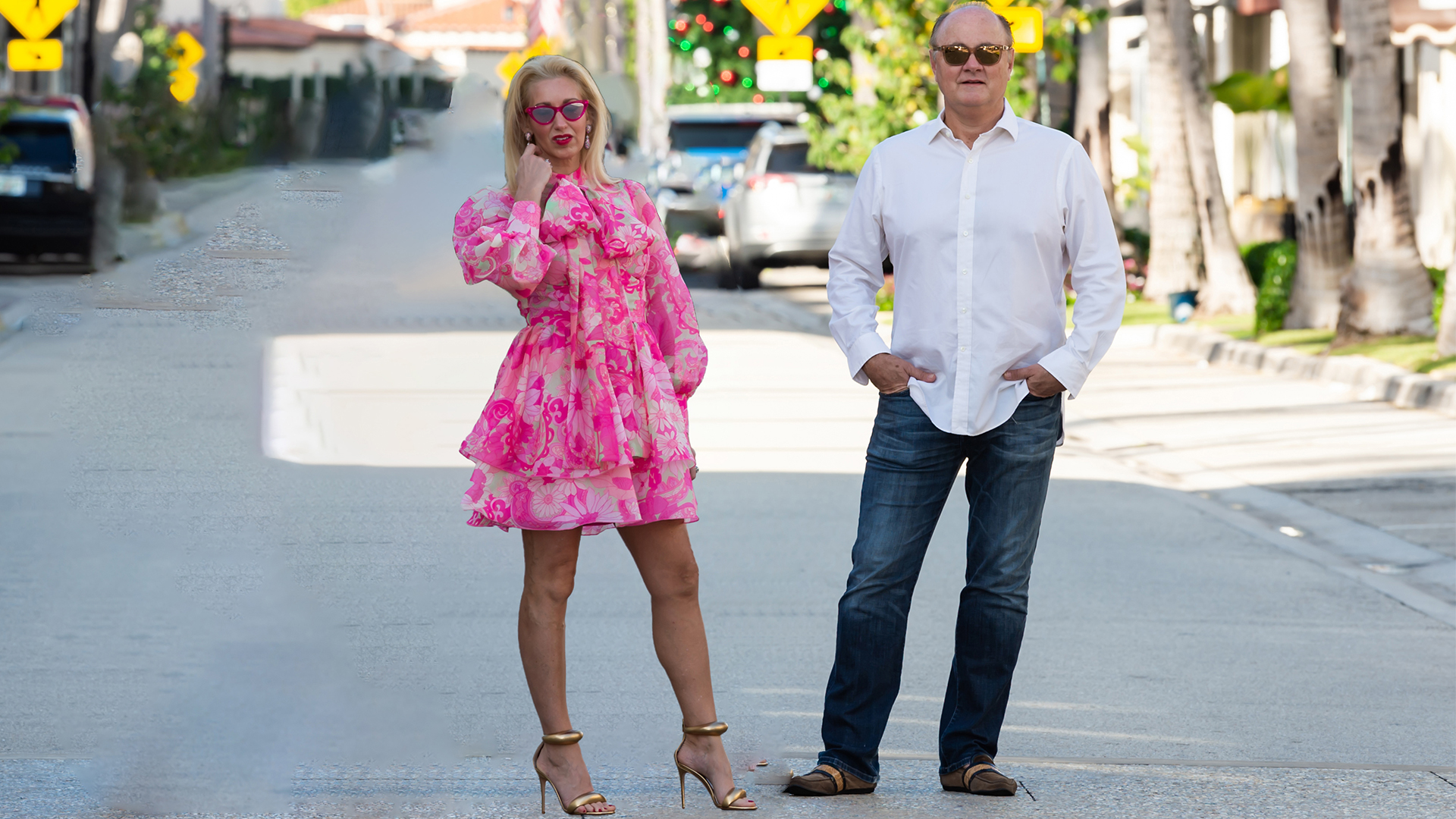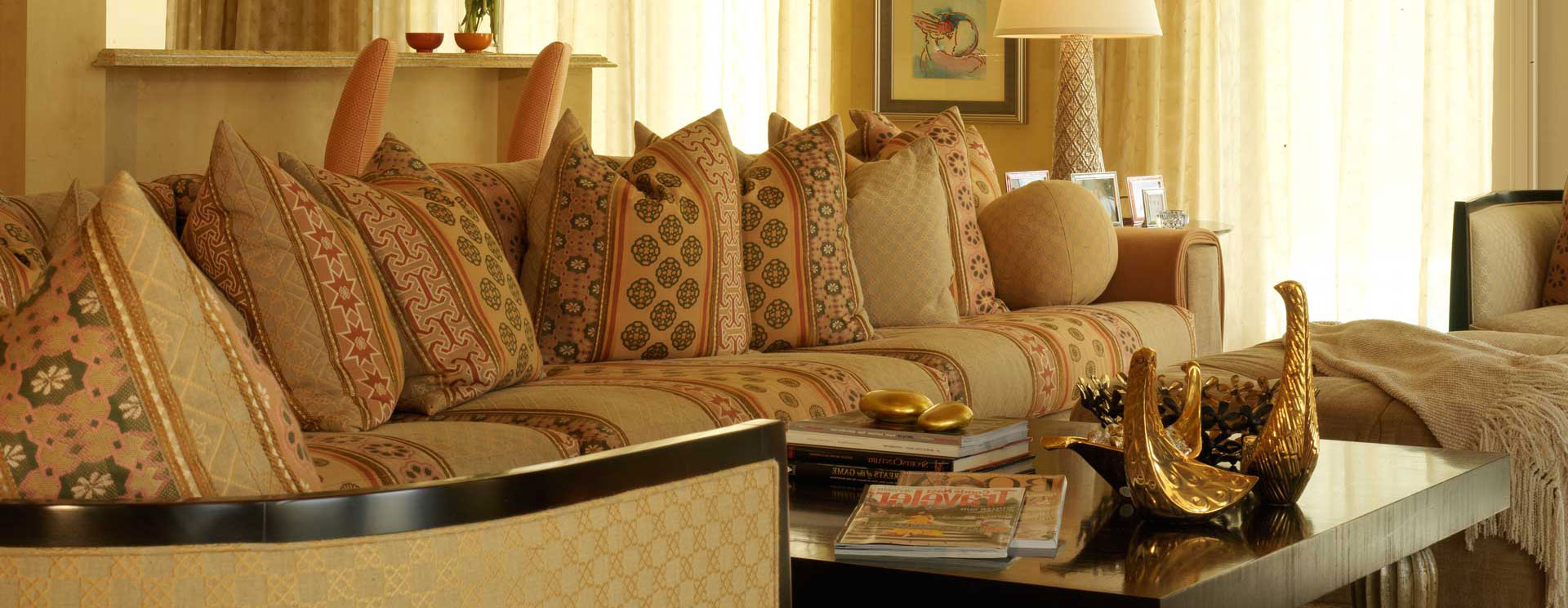
08 Apr iDesign Lab Podcast: Ugly Design When Form Doesn’t Equal Beauty
The concept of “ugly design” challenges our conventional understanding of aesthetics and functionality in the most fascinating ways. In our recent podcast episode, we dove deep into this counterintuitive phenomenon where seemingly unattractive designs become wildly successful commercial ventures. The discussion opened with perhaps the most iconic example of this paradox: Crocs. These distinctly unappealing rubber shoes have built a billion-dollar empire despite (or perhaps because of) their unconventional appearance. This contradiction highlights an important design principle: sometimes form equals function without necessarily equaling beauty.
The ergonomic benefits of Crocs illustrate how comfort can triumph over aesthetics. Chefs worldwide have adopted these shoes precisely because they prioritize functionality—they’re comfortable for long periods of standing, easy to clean, and made from a single material. This simplicity, while not traditionally beautiful, creates a clean design that serves its purpose perfectly. The conversation around ugly design extends beyond footwear into seasonal traditions like “ugly Christmas sweaters.” What once might have been considered genuinely unattractive has transformed into a nostalgic cultural phenomenon complete with dedicated parties and celebrations. This transformation demonstrates how our emotional connection to designs can completely override aesthetic judgments.
Beauty truly is in the eye of the beholder, and this subjectivity makes discussions about “ugly design” particularly nuanced. What some find simplistic and unappealing, others view as elegant minimalism. Consider Apple’s design approach—stripped down, sterile, and minimal. Is this beautiful or simply the absence of design? The appreciation for such aesthetics evolves over time as tastes change and mature. This temporal aspect of design perception extends to era-specific styles. The Miami Vice-inspired modern houses of the 1980s were once cutting-edge but later became viewed as dated and unattractive. Now, interestingly, they’re experiencing a resurgence in popularity, proving that given enough time, even “ugly” design can become appreciated again.
Sometimes ugly design reflects a deliberate business strategy rather than a design failure. Spirit Airlines intentionally created cheap-looking branding to reinforce their identity as a low-cost carrier. Their visual identity, from logo to plane interiors, was designed to convey inexpensive service—a message that resonated with their target audience seeking budget travel options. Similarly, IKEA’s notoriously difficult picture-only assembly instructions have become an iconic part of their brand experience. Despite (or because of) the frustration they cause, they’ve become a talking point that keeps the brand in conversations. As the saying goes, “as long as they’re talking about you, it’s a good thing.”
The digital world offers its own examples of successful “ugly” design. Craigslist maintains an almost primitive interface that hasn’t changed significantly since the early internet days. Google and Facebook both began with extremely simple, arguably ugly designs. Yet these platforms thrived because they prioritized function over form. Innovation often opens itself to criticism about aesthetics, but function can ultimately triumph over form when the utility is exceptional. Even iconic logos like McDonald’s Golden Arches were initially met with confusion and aesthetic criticism in the 1950s before becoming one of the world’s most recognized symbols. This evolution reminds us that today’s “ugly design” might be tomorrow’s classic, as our perceptions continually shift alongside cultural and technological changes.
Learn more at: https://scottwoolley.com

